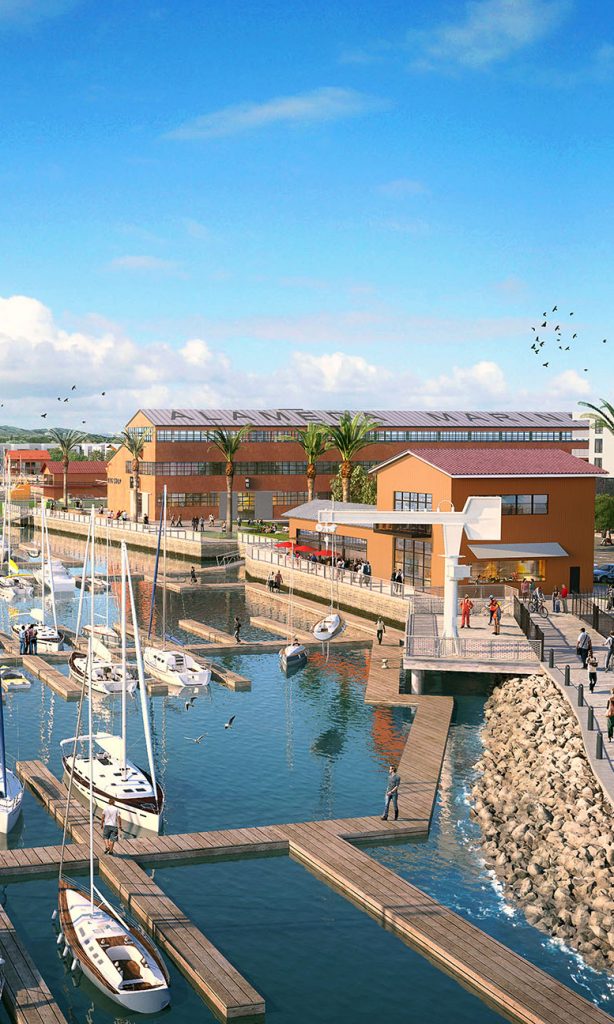
Adopting Impact Fees: A Cautionary Tale
Jul 01, 2019Be prudent when assuming land costs.
The City of Alameda received a sharp slap on the wrist for, in the view of the Court, inflating the parks and recreation impact fee it can charge new development in the recent case of Boatworks, LLC v. City of Alameda. This should serve as a warning to agencies to be cautious about including the assumed price of land you don’t really need to buy when establishing impact fees. The City adopted development impact fees of $11,528 per single-family home and $9,149 per multi-family unit, which were based upon a nexus study. However, the Court of Appeal found that almost three-quarters of the fees could not be justified under the Mitigation Fee Act (Govt. Code section 66000 et seq.), which applies the test that fees must be reasonably related to the increased burden on public facilities caused by new development.
Alameda used a common method for establishing fees: it calculated the cost per acre to purchase land, estimated that almost 20 acres was needed to build parks to serve the population added by new development, and arrived at a total land cost of $28.5 million. However, the fatal flaw was that the City already owns most of the land needed for anticipated new parks.
The decision did provide some benefit to Alameda, as the Court upheld the City treating land identified as “Community Open Space” as parkland rather than open space, which translated into higher fees. The Court noted that “it would have been preferable for the City to explain” this different treatment, but the Court could not conclude the City’s methodology was “arbitrary, capricious or entirely lacking in evidentiary support.” This reflects the substantial deference courts typically give to agency discretion.
Application of this case may be limited, as it may be uncommon for cities and counties to stockpile large amounts of land earmarked for parks intended to serve future residents. Alameda’s situation also may be unique in that it obtained much of the land at no cost from the Navy. (It is not clear if the result would have been different if the City had paid for all the land.)
Spending money on existing facilities may be permissible.
On a helpful note, the Court rejected a broad claim that the City cannot collect and use fees on existing public facilities. It noted that the Legislature specifically added Code section 66001(g) in response to three cases voiding such fees. The decision explained that new residents will use existing parks, and so it is proper to collect fees intended to refurbish or upgrade the parks to serve the growing population and maintain the City’s adopted level of service. However, there is a fine line between meeting increased demand and correcting existing deficiencies – which is not a permitted use of impact fees – and agencies must be careful to accurately document and justify needs and intended uses of fees.
Calculating private benefit in deciding whether to award attorney fees.
Finally, the decision provides guidance in determining if prevailing private parties might not be entitled to attorney fees under Code of Civil Procedure section 1021.5 because they gain some personal benefit from the decision. Boatworks is a developer proposing a residential project in Alameda, so voiding the impact fee would reduce the fees it must pay. The Court went through detailed calculations before awarding attorney fees, comparing the attorney fee demand with the reduction in impact fees Boatworks might have to pay on its project, factoring in assumptions that there was only a 50% chance of success in the litigation and a 50% chance of its project actually being approved. Both assumptions may be speculative and subjective, but the discussion of applicable principles and methodology may be useful for agencies to consider.


